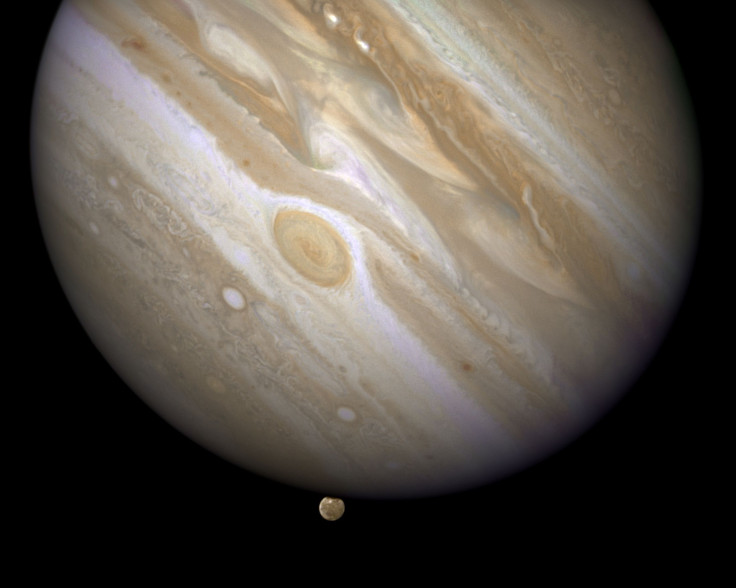NASA: Friday marks Jupiter’s closest approach to Earth in 2017

National Aeronautics and Space Administration (NASA) said Friday will mark Jupiter’s closest approach to Earth this year. It will only be 416 million miles away and will be visible with the naked eye.
The planet will rise in the east at sunset and heads through the sky at night time before it settles in the west on Saturday morning. It would be an opportunity for astronomers using telescopes in space to catch more details in Jupiter’s atmosphere according to the NASA. Observers who use binoculars get the chance to see the planet, its four largest moons named Callisto, Europa, Ganymede and Lo, as well as Jupiter's Great Red Spot, a vast storm that’s almost twice the size of Earth.
Though Venus is the brightest planet, Jupiter may outshine it as it stays out all night long while the former will only shine for a short while on Friday night. AccuWeather meteorologist Dave Samuhel recommends that the best time to observe Jupiter is around midnight local time because it is when it will be in its highest in the sky. He added that from Southeast through the Plains would be the best viewing conditions because clouds are forecast to cover the sky across the Northeast and much of the West Coast and the Rockies.
The event, which takes place every 13 months, is officially called "opposition," because it's the point at which the planet is situated directly opposite the sun in the sky. The Earth sits in between the sun and Jupiter as the three lines up.
Jupiter’s moons change their relative positions as each one orbits the planet at a different speed. Dr Tyler Nordgren, an astronomer at the University of the Redlands in California, explained through an email to NBC MACH that the changing pattern of moons is what allowed Galileo to discover the four Gallilean moons a little over 400 years ago. Dr Scott Bolton, principal investigator of the Juno mission and an associate vice-president at Southwest Research Institute, said learning about Jupiter helps experts understand how giant planets work.
Where to Watch
Astronomy websites, such as Slooh.com, will provide live coverage of the Friday event. The coverage would include commentaries from experts regarding Jupiter's role in protecting the inner solar system from comets. The show will also tackle why the planet can be considered a "failed star,” among other things. The next “opposition” after Friday will take place on May 8, 2018.
Video Source: YouTube/Top10Archive





















